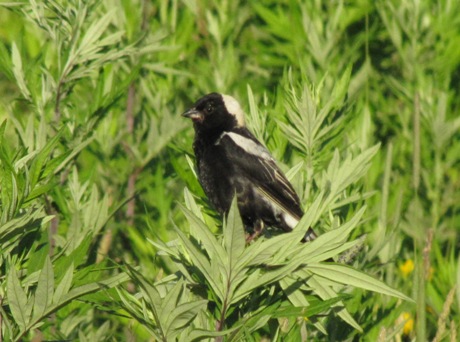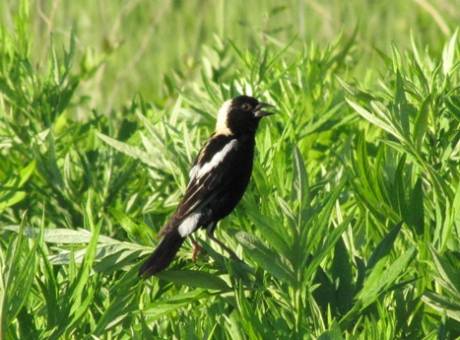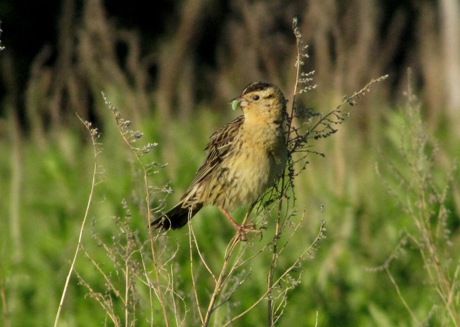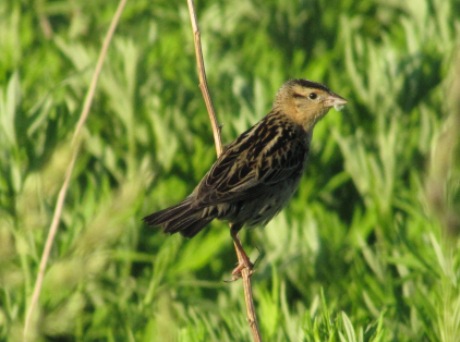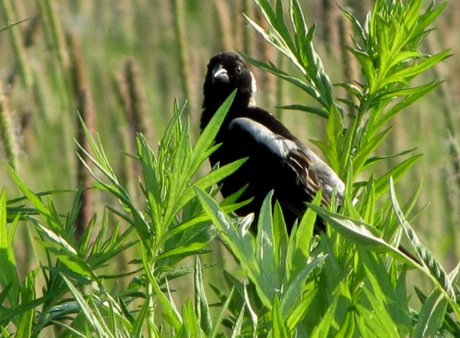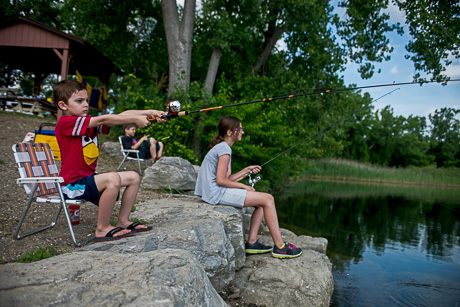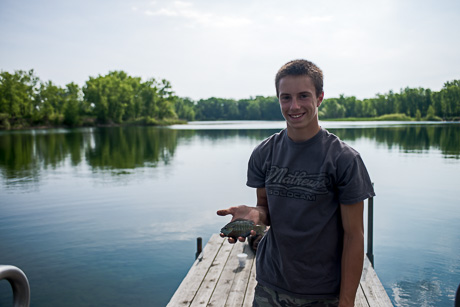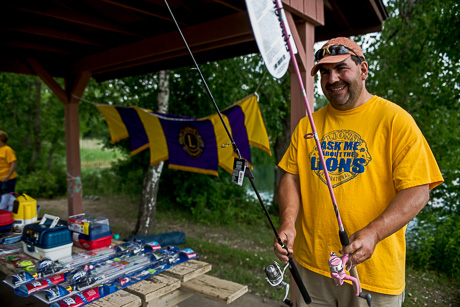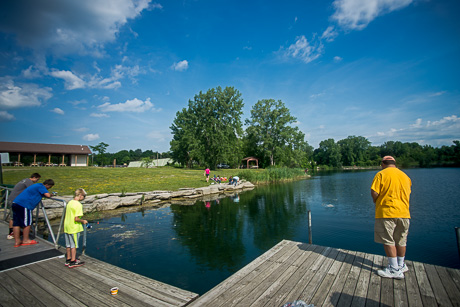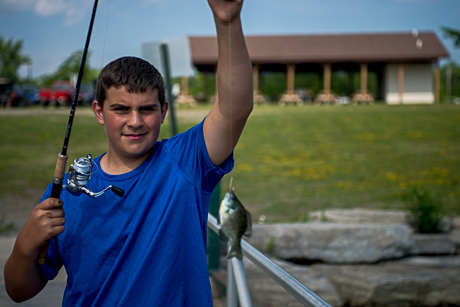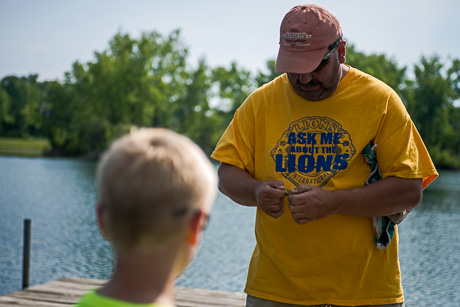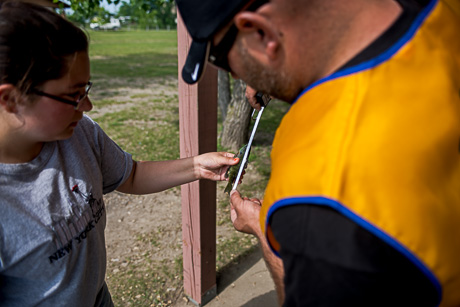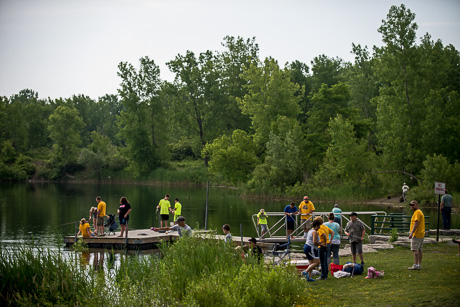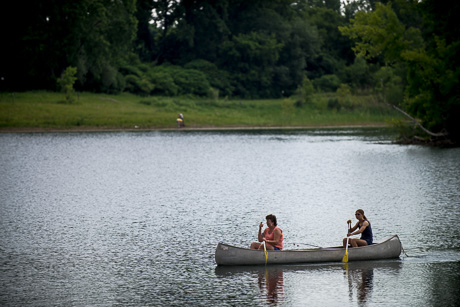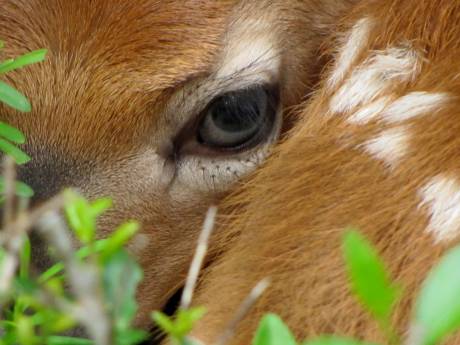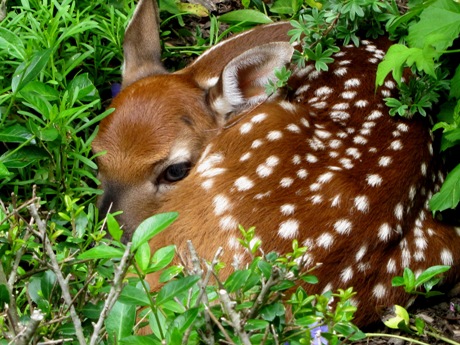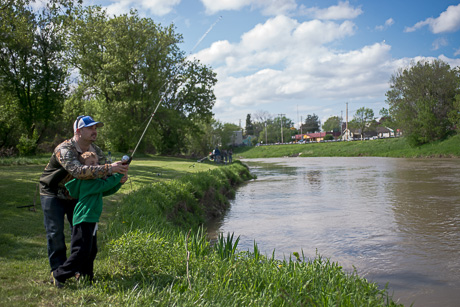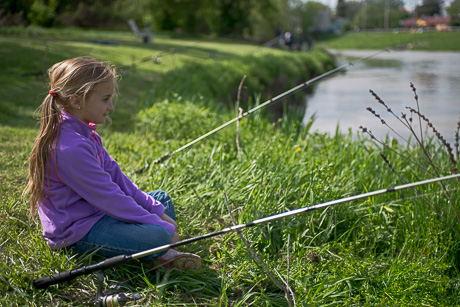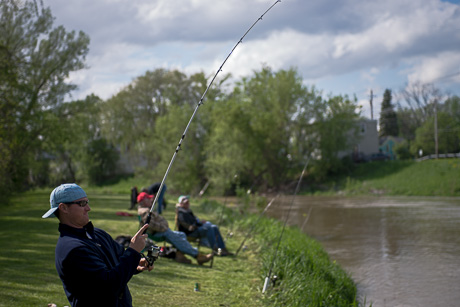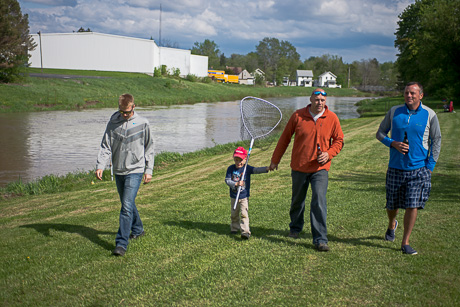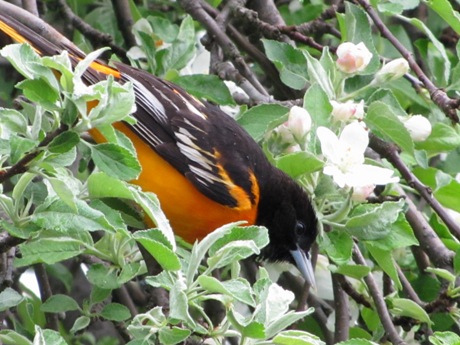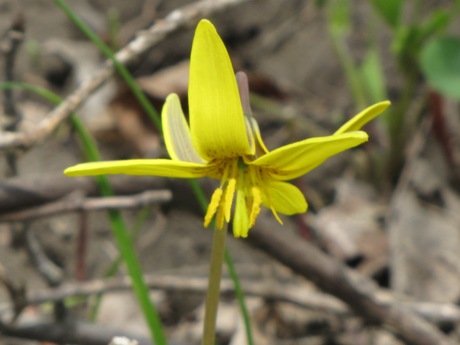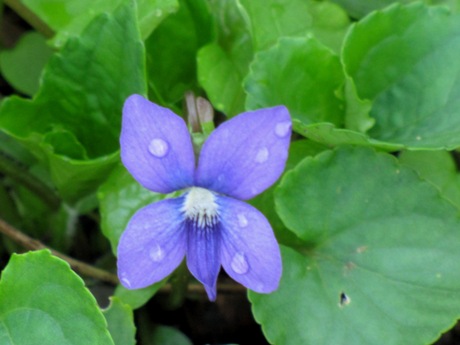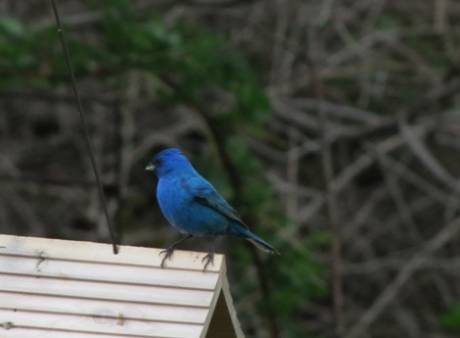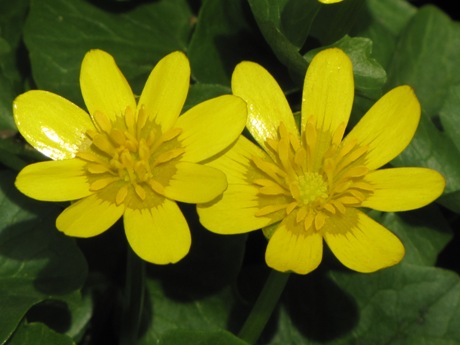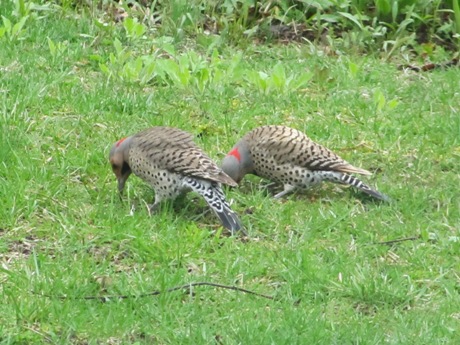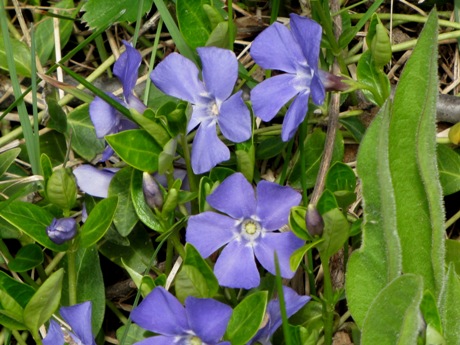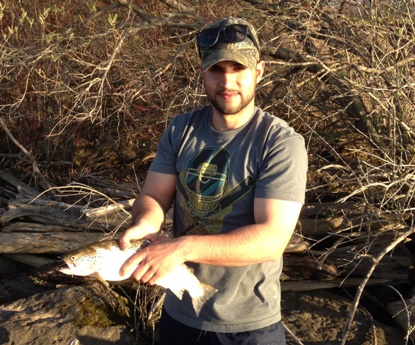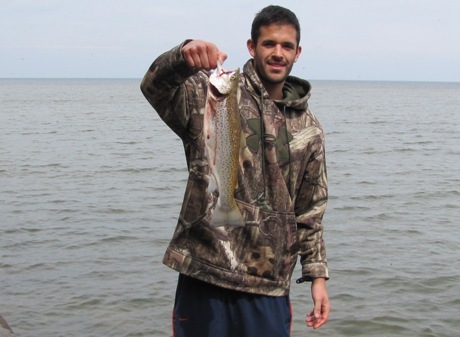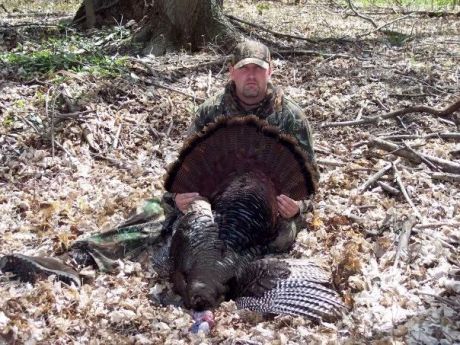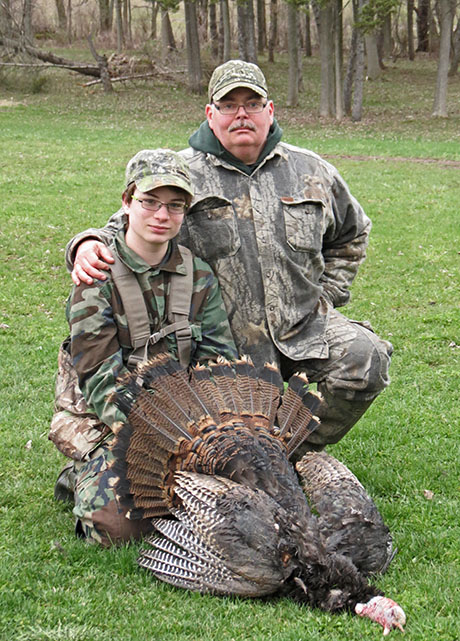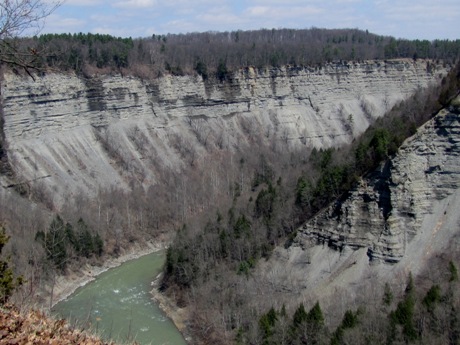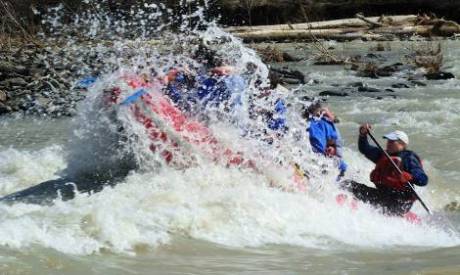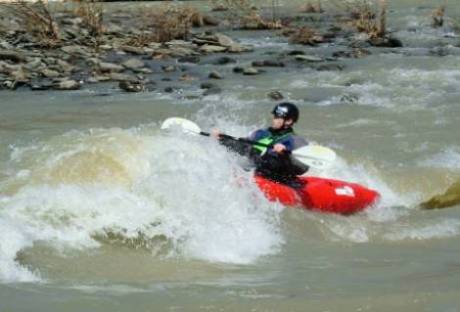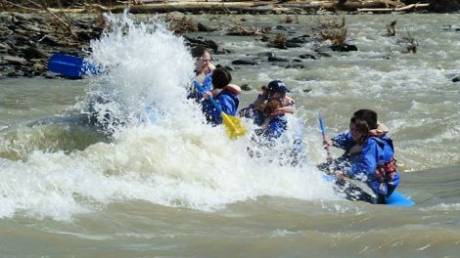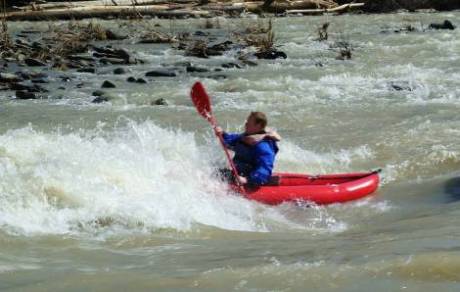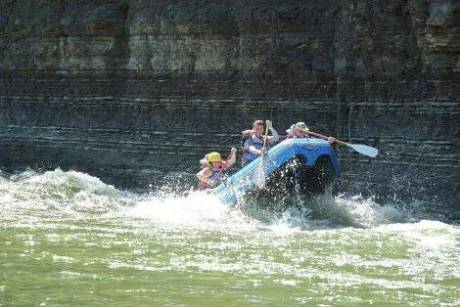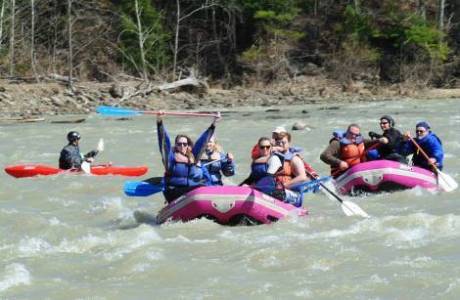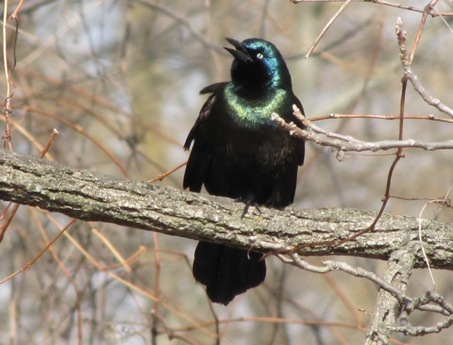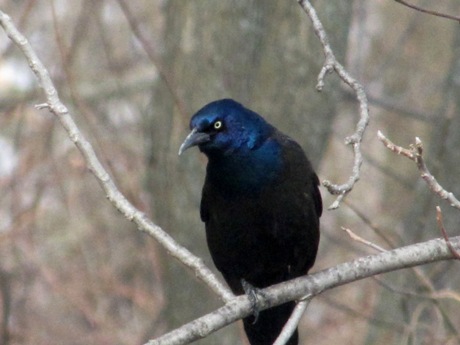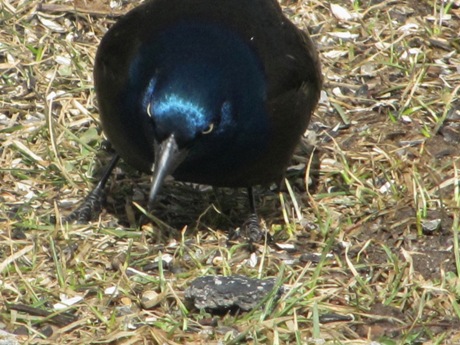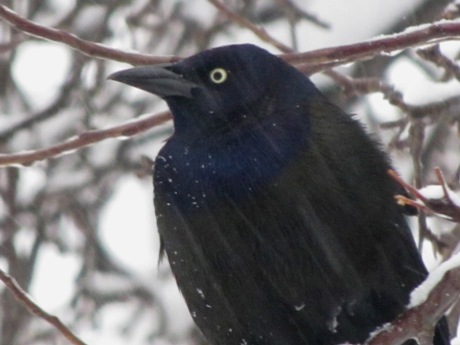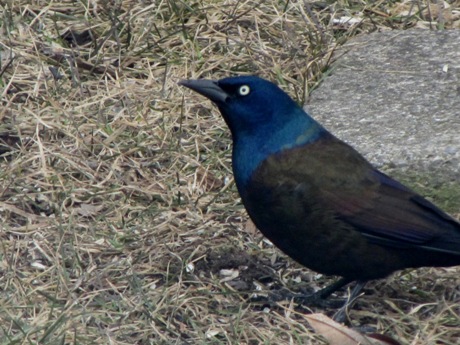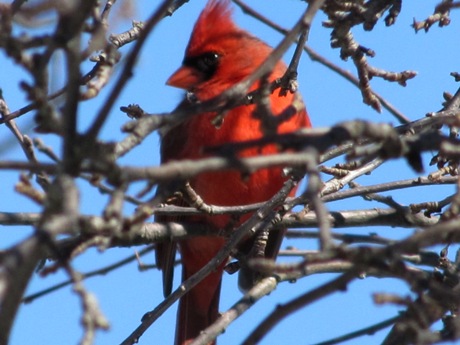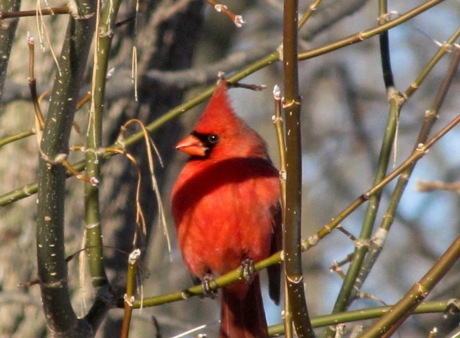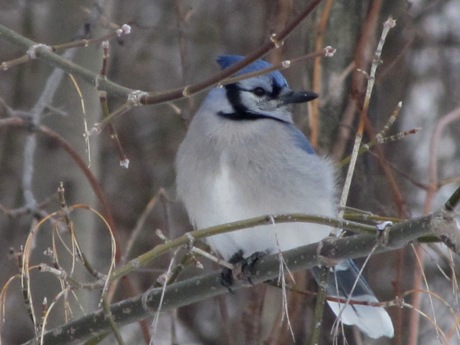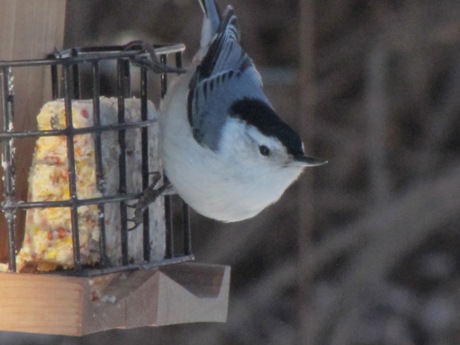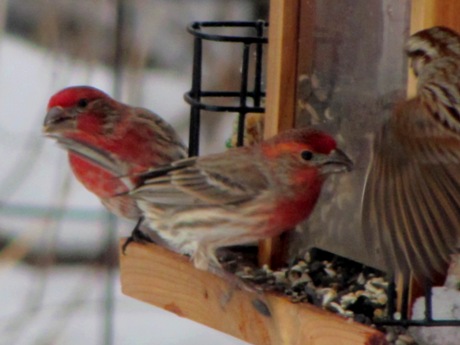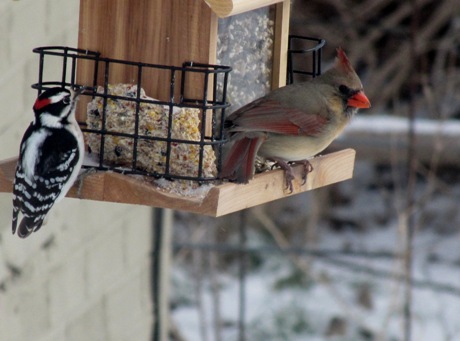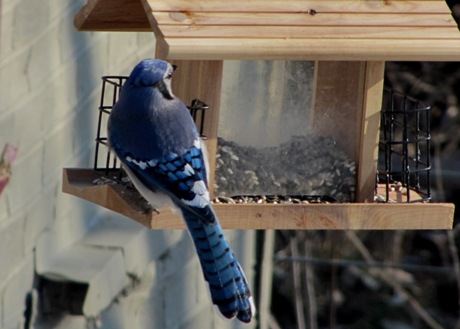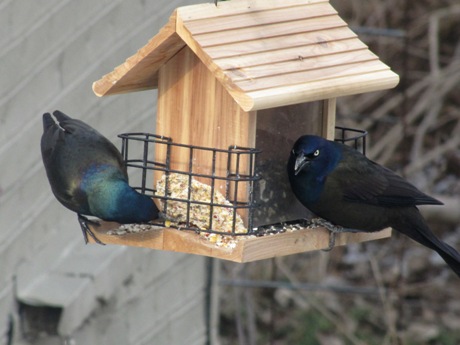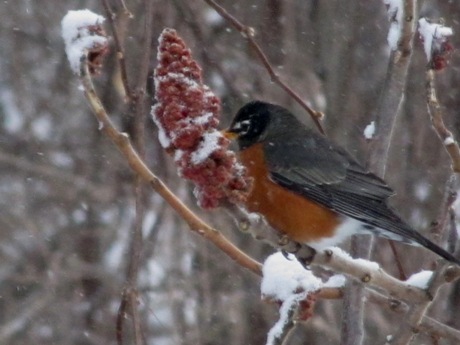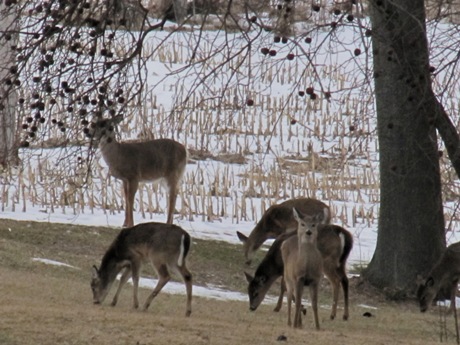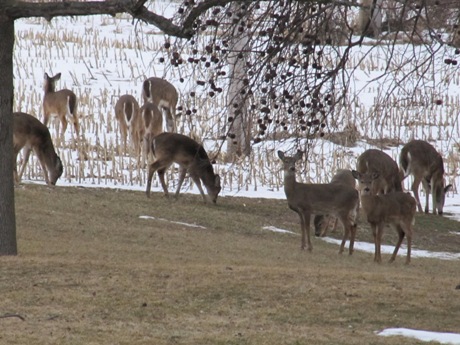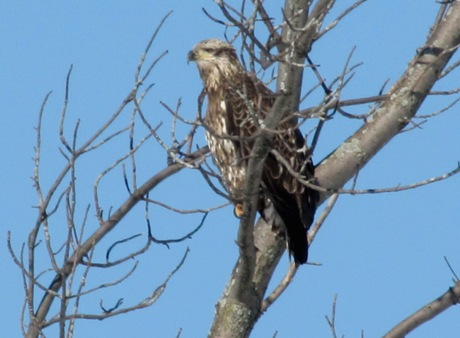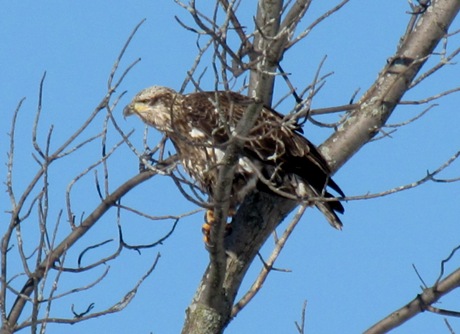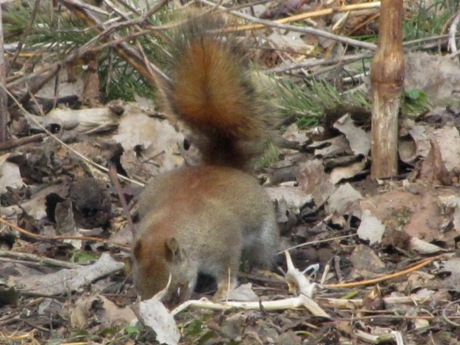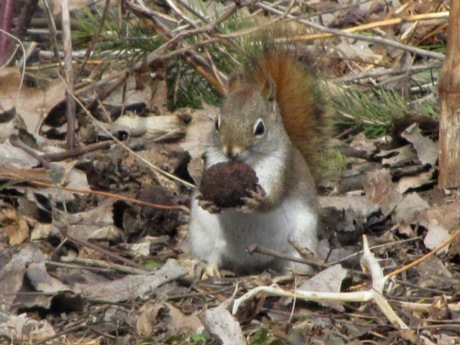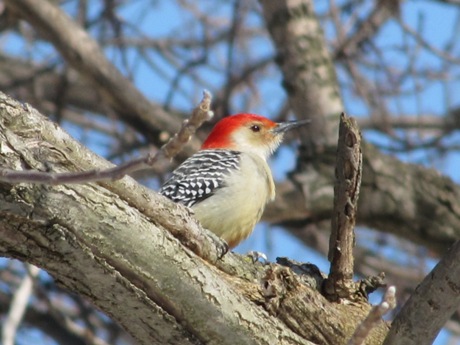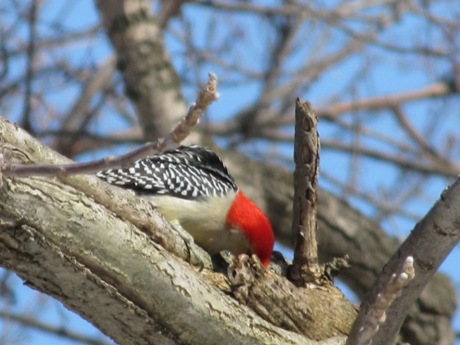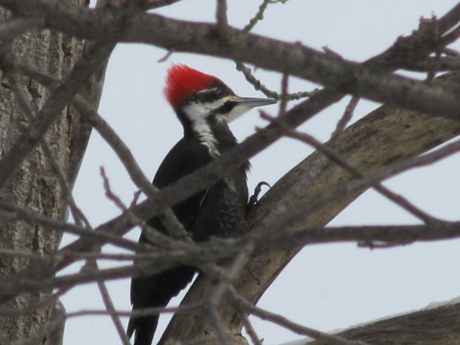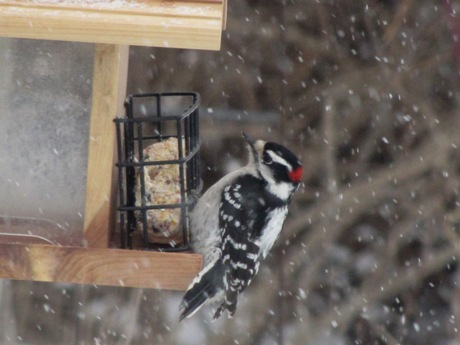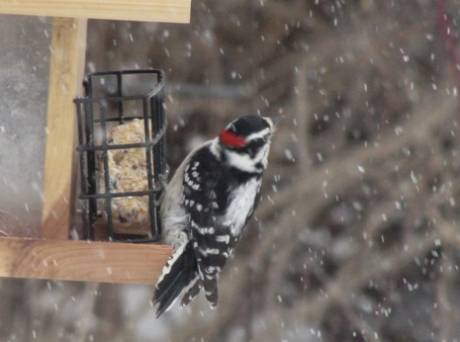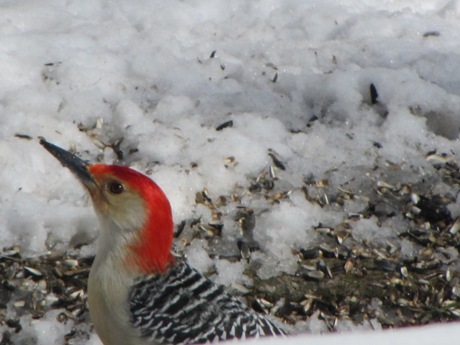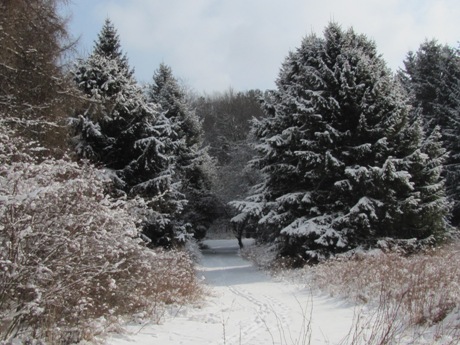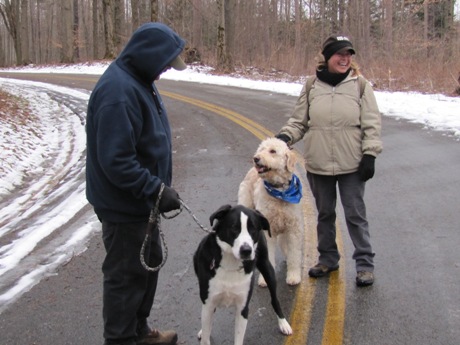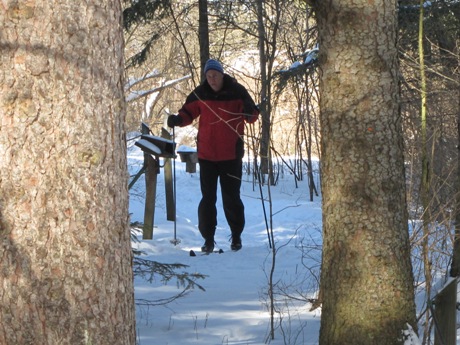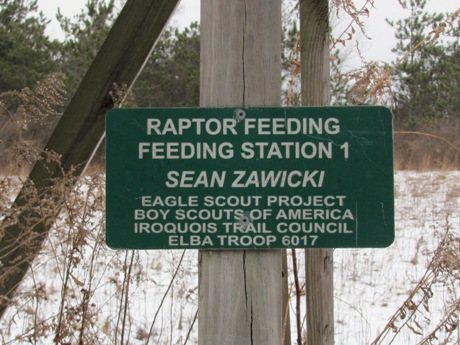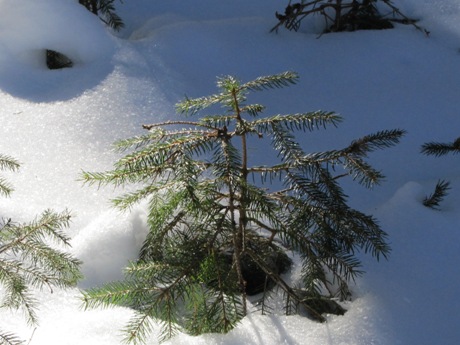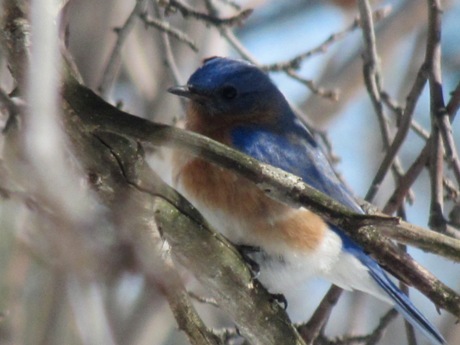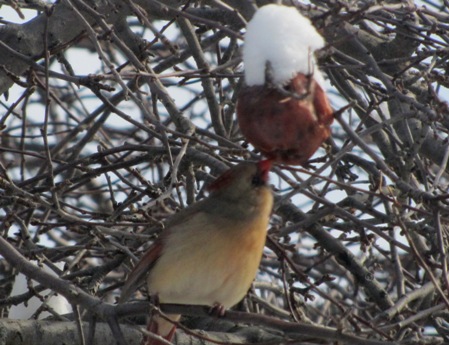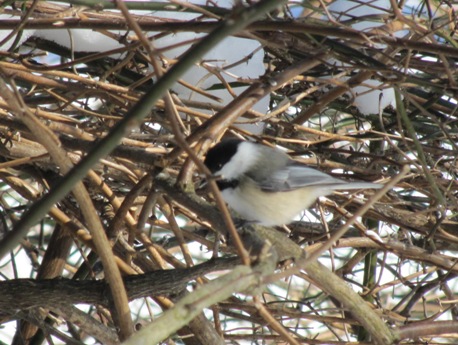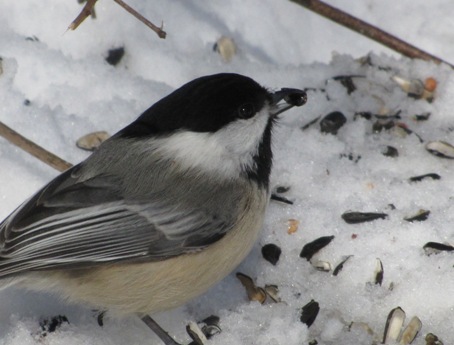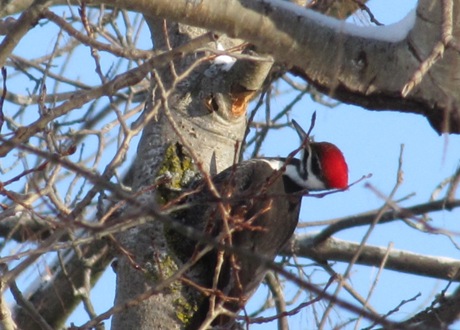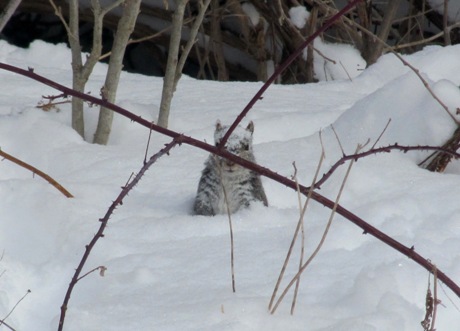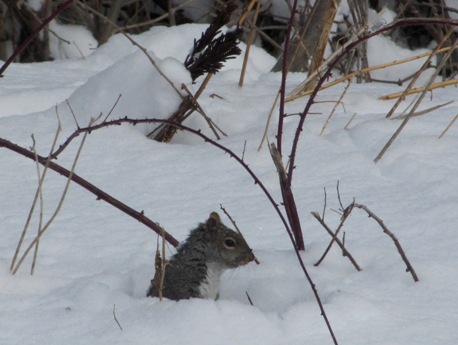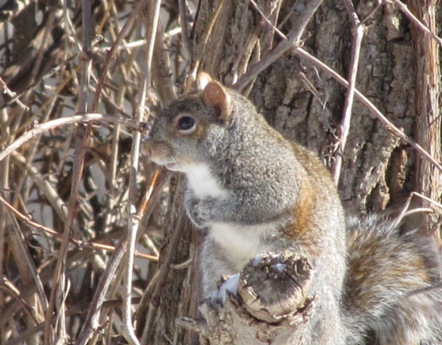John Arneth was in the fifth grade when his father drove him to Barrett's Batavia Marine to see Paul Butski. The year was 1980 and Butski was at Barrett's to give a demonstration on calling turkeys. Then a former world, state and Grand National champion caller, Butski took aside the youngster from Le Roy and taught him how to use a friction call. Not yet old enough to hunt at the time, John put to use what he learned from the renowned caller, practicing the art of imitating communication between turkeys.
In the decades since, John has learned a great deal in the turkey woods, having hunted turkey in several locations throughout Western New York including Genesee, Wyoming, Livingston and Chautauqua counties. His passion for turkey hunting has also taken him out of state, pursuing toms in Florida and Alabama. In 32 years of turkey hunting he has taken 52 longbeards. No doubt he has become prolific in the art of calling in wily toms, so much in fact, he is on the pro staff of several makers of outdoor gear, among them Duel Game Calls. Over the years he has conducted 250 turkey and deer seminars at places like Cabela's, Bass Pro, Gander Mountain, National Wild Turkey Federation events, outdoor shows, pro shops, churches and calling contests.
These days John is the town of Le Roy highway superintendant and still an avid turkey hunter. Friday evening I sat down with John and listened as he demonstrated one of Duel Game Calls' newest products, the Blodgett Signature Design turkey call, a totally new look in the game call industry.
The Blodgett series was named in honor of Harry Blodgett, legendary turkey call maker. To say that Arneth and the people at Duel Game Calls are optimistic woud be an understatement. At the National Wild Turkey Federation Grand National Convention the new calls raised eyebrows and turned heads, wowing some of the biggest names in the business.
"The calls absolutely blew people away, even turkey hunting legends like Jim Strelic," he said.
While the lamination gives the call a good look, the business end of the call, the striking surface and the sound it produces, was what got the attention of veteral turkey hunters. "Can it purr?" asked some, "Can it yelp and cutt?" asked others. John Arneth was happy to oblige and he answered their questions the only way he knew how, he demonstated by giving a quick clinic and customers went away satisfied, more often than not with a supply of new Blodgett calls.
The reason for the call's success in imitating the sound of a turkey lies in the overall makeup of what is known in the turkey hunting industry as pot style calls.
"We use laminated sugar maple, the same lamination process used by Gibson guitars. We pay a royalty to Gibson guitars for the lamination process because they own the patent," he said. "They are machined pots," he added, "from a very precise computer-controlled cutting machine."
The makeup of the striking surface of the call is a bit more interesting, as John explained, resulting in three different surface types, one being borosilicate crystal to be exact, and it creates a high pitched, very high-quality sound. A second was a slate surface, made from a very pure form of ocean slate. The third striking surface was aluminum, 6061 aircraft aluminum, oil free, bead blasted and it produces the highest frequency call in the industry.
In addition to Duel Game Calls, John Arneth is on the pro staff of Mossy Oak, Ol' Tom, Gold Tip Arrows, Hawk Tree Stands and Wasp Broadheads. He currently lives in the village of Le Roy with his wife and three daughters

